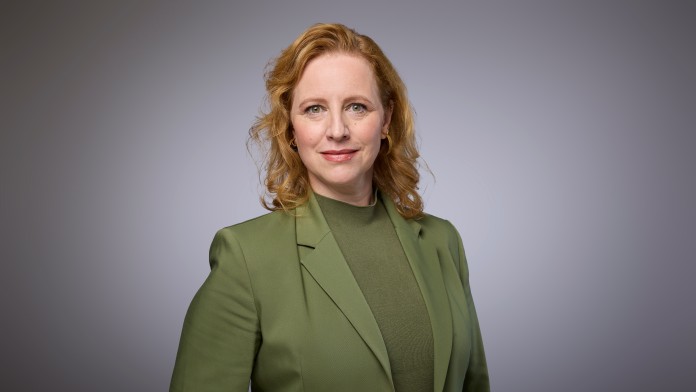Press Release from 2022-05-05 / Group, KfW Research
KfW Credit Market Outlook: New lending stages a strong comeback – Ukraine war weighs on outlook
- New credit growth rose to 8.2 % in the fourth quarter of 2021
- Currently opposing factors: war is reducing investment appetite while creating financing requirements
- New lending is likely to lose momentum from the summer
KfW Research has calculated that new lending by banks and savings banks in Germany to enterprises and self-employed persons literally soared in the fourth quarter of 2021. According to the KfW Credit Market Outlook, new bank loans grew 8.2 % year on year after shrinking considerably in the previous quarter (-7.7 % in Q3/2022). This development was mainly due to short- and medium-term loans with maturities of up to five years. New credit growth in the first quarter 2022 has likely stood at around 6 %.
Two main factors contributed to the dramatic trend reversal in the credit market: First, the quarters with strong lending activity at the beginning of the pandemic are now completely eliminated from the annual comparison, so that the associated dampening base effect is gone. Second, the rapid acceleration of credit growth is also attributable to strong incentives provided by an important reference date under the ECB’s targeted longer-term refinancing operations. After all, the very favourable special interest rate was available only to banks that reached the lending performance threshold set by the ECB by 31 December 2021.
While the economic disruptions from the pandemic are gradually abating, Russia’s shocking attack on Ukraine has brought enormous setbacks and uncertainties for the development of the economy and its overall environment. What is certain is that the war has weakened the momentum of the economic recovery. It can therefore be assumed that enterprises will be more cautious in undertaking investment projects from the spring onwards and that demand for investment finance will be dampened. On the other hand, there is a growing likelihood that more loans will be required to mitigate unexpected borrowing needs because businesses will be facing rapidly growing cost pressures. The costs of energy and commodities have increased sharply as a consequence of the war and the already tense supply chains are suffering additional disruptions.
Current surveys among banks and businesses generally point to growing credit demand in the first half of the year. In the current ECB Bank Lending Survey (BLS), for example, a clear and growing majority of credit institutions reported increased demand from businesses in the first quarter. Banks expect demand to grow further in the spring as well.
“The interplay between positive and negative factors in the credit market will probably cause new lending to lose steam from the summer after solid growth in the first half-year,” said Dr Fritzi Köhler-Geib, Chief Economist of KfW. “But the unpredictable impact of the war makes the further outlook for the credit market highly uncertain. A tightening of financing conditions is already becoming apparent, however. Against the backdrop of the war, banks will be reassessing default risks and then be more cautious in their lending. In addition, interest costs are rising again noticeably as a result of the gradual tightening of monetary policy.”
Note: KfW Research calculates the quarterly KfW Credit Market Outlook exclusively for the German business newspaper Handelsblatt. The current edition is available at: www.kfw.de/KfW-Credit-Market


Share page
To share the content of this page with your network, click on one of the icons below.
Note on data protection: When you share content, your personal data is transferred to the selected network.
Data protection
Alternatively, you can also copy the short link: https://www.kfw.de/s/enkBbm2w.CsxA
Copy link Link copied